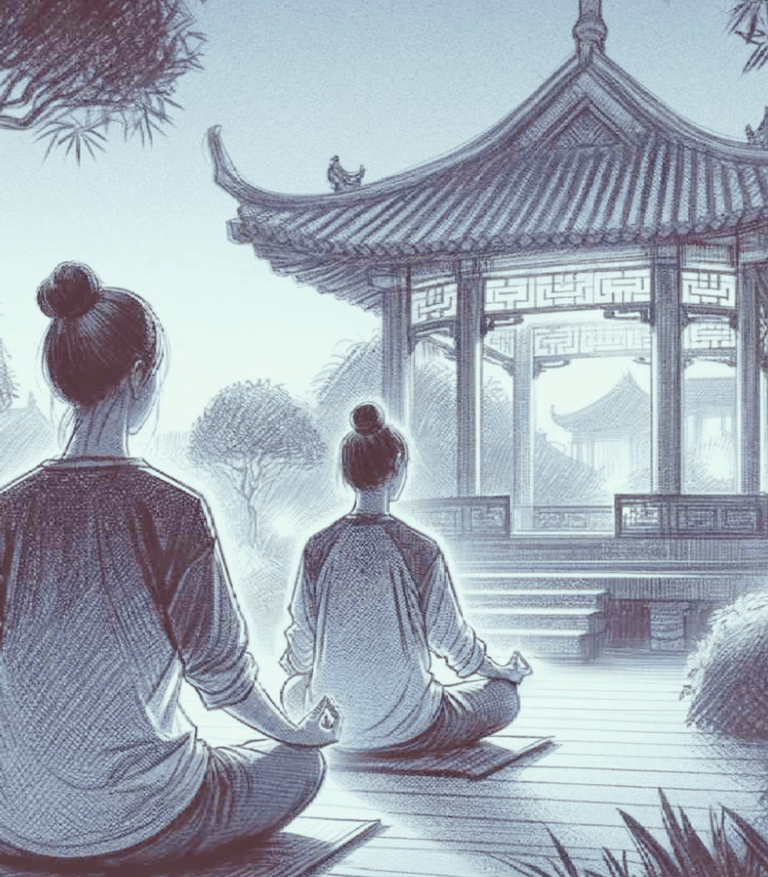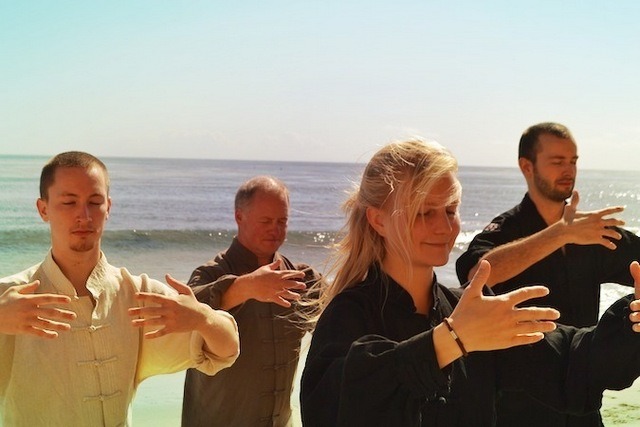The term "Qigong" (pronounced as Chee-guhng) originated in the middle of the 20th century and encompasses all of China's health and wellness systems. Different sources mention varying numbers of Qigong types, ranging from several hundred to several thousand. Qigong styles can differ widely in form and internal content. Some may consist of simple healing and wellness exercises lasting 10-15 minutes, while others may involve serious, multi-hour "psychotraining" aimed at improving a person's internal properties. Therefore, Qigong practices are divided into two main types:



During the introductory lesson we will cover topics such as Qi levels, Yin and Yang concepts, the Wu-Xing circle, energy channels, biologically active points, and contraindications for practicing Zhong Yuan Qigong. We will practice one main exercise Big Tree, a standing meditation to cultivate stamina and facilitate energy flow, embodying the strength and serenity of a majestic tree, along with four preparatory exercises, designed to eliminate bodily blockages, enhance flexibility, and open energy channels.
In the upcoming sessions of the seminar, we will engage in practicing other two main exercises, Refining Qi which aims to preserve and elevate energy to new levels of tranquility and strength and Microscopic Orbit, designed to address spinal issues, balance the hormonal system, and harmonize the body's energy flow, thereby unlocking artistic talents and achieving calm strength. The seminar program for Stage 1 includes regulation of kidneys and liver functions, exercises to improve vision, breathing techniques through points and channels, Qigong during sleep and walking, Qi cleansing methods, blood pressure regulation, diagnostic and treatment methods, and advice on practicing 24 hours a day.
First Level Certificate
The first-level seminar of Zhong Yuan Qigong can be completed in 15 hours, covering both theory and practice, and is spread over four to seven nonconsecutive days. Upon successful completion, participants will be able to practice Qigong independently and join regular classes. Additionally, obtaining the first-level completion certificate allows participants to attend future seminars and retreats conducted by Master Xu Mintang and Zhong Yuan Qigong instructors worldwide.









